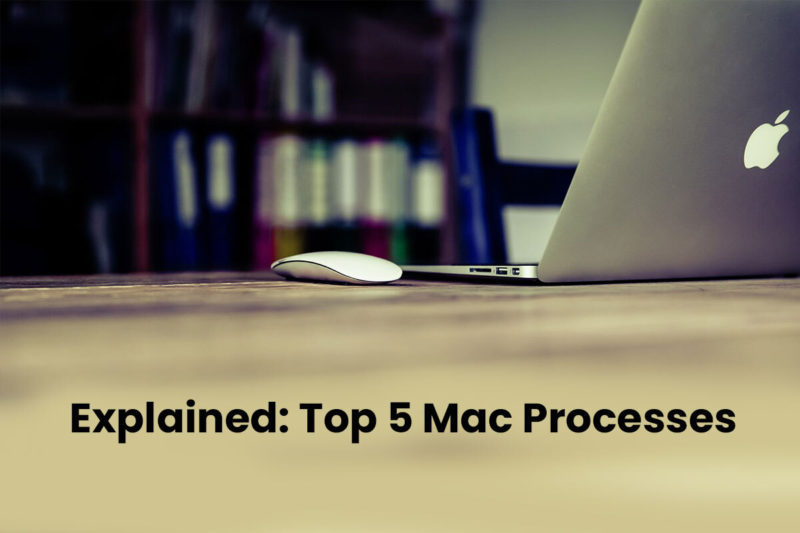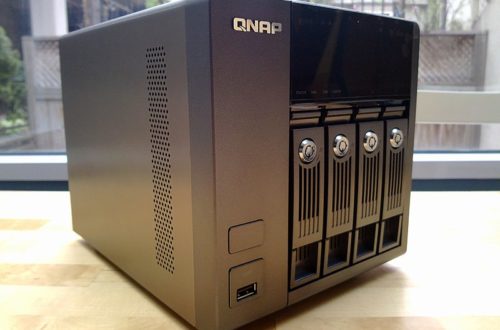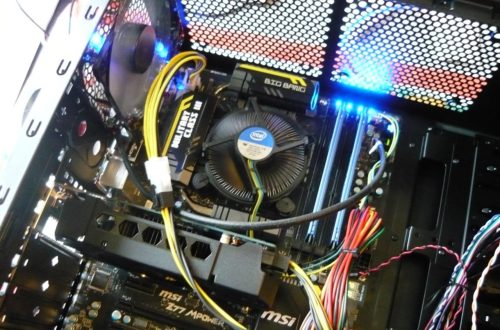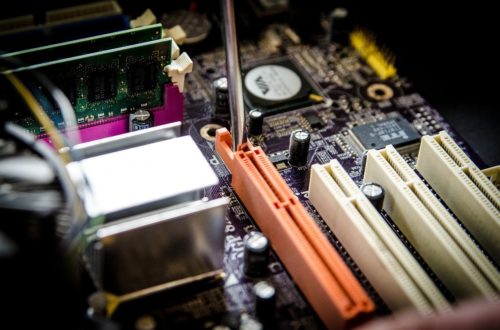Explained: Top 5 Mac Processes

As a Mac user, you might often encounter system processes running in the background that seem cryptic. It is crucial to understand these cryptic processes and their role in maintaining the performance of your Mac. Also, understanding these processes will help you address issues that might arise because they are misbehaving or malfunctioning.
Here, we’ll explore five essential Mac processes and their impact on the performance of their Mac. Also, we shed light on how to troubleshoot if required.
CoreServicesUIAgent
CoreServicesUIAgent is a core Mac process responsible for displaying user interface elements, especially the ones related to verifying or opening apps. You might see this process running in the background when you download a new app or when macOS is checking the integrity of the application file. The process ensures that applications you open are verified for safety, which is especially essential when you are installing applications from outside the App Store.
However, the process can sometimes misbehave or become unresponsive. This leads to delays in opening applications or in the appearance of verification pop-ups.
When CoreServicesUIAgent stops functioning, it can be frustrating because it interrupts workflow and may even cause your entire system to freeze temporarily.
If you encounter issues with this process, here’s how you can fix coreservicesuiagent issue:
- Restart your system to refresh the processes and clear outdated data.
- Force quit the CoreServicesUIAgent process by going to the Activity Monitor.
- Clear cached data for affected applications to help prevent recurrence.
WindowServer
WindowServer is an essential Mac process that manages all graphical elements on the screen. Simply put, it helps translate application and system graphics into what you see on your display.
Every animation, window, and icon displayed on your Mac screen involves WindowServer working diligently in the background. Due to its role in rendering the visual interface, this process is resource-intensive and can sometimes consume a significant amount of CPU power, especially when there are multiple windows open or intensive apps like graphic design tools or video editors running.
While this process runs quietly in the background, high WindowServer usage can potentially slow down your system. This might lead to reducing battery life and causing lag on MacBooks.
If you notice your system is slowing down when switching between apps or managing many windows, checking on WindowServer may reveal if it is the culprit for the slowdown. If so, here’s how you can fix the issue:
- Reduce the number of open applications and windows to decrease the load on WindowServer.
- Turn off or limit dynamic desktop backgrounds because they require continuous rendering.
- Reduce the use of transparent effects.
Kernel_task
The kernel_task process is a fundamental component of macOS, managing the core functions of the system kernel. It is the heart of the operating system and facilitates interactions between hardware and software, including process scheduling, memory management, and hardware access.
The role of this process is critical to the stable functioning of your system. Under normal circumstances, it runs in the background without any noticeable impact on performance.
However, this process can occasionally consume significant CPU resources, especially when your system is under high thermal load.
Here’s how you can troubleshoot the kernel_task process:
- Make sure there is adequate ventilation for your Mac to prevent overheating.
- Check for hardware issues if the process is consistently using excessive CPU as this might indicate a thermal sensor malfunction.
- Do not run multiple heavy applications simultaneously because this leads to an increase in CPU load.
hidd (human interface device daemon)
The hidd process is responsible for the management of input from devices like the mouse, keyboard, and trackpad. This process ensures your system responds instantly to input commands and that these interactions are processed seamlessly in the user interface.
The hidd process is a low-level system process and usually consumes minimal resources. It runs unobtrusively in the background. While issues with this process are rare, it is not uncommon to encounter a glitch or to find that this process is consuming more resources than usual.
If you encounter an issue, here’s how to fix it:
- Restart your Mac.
- Disconnect all the external input devices and then reconnect again.
- Check for macOS updates and install them.
Spotlight
Spotlight is a built-in search and indexing service that helps users quickly locate files, applications, and other data on their Mac. The Spotlight process, named mds (Metadata Server), indexes your files continuously, allowing for fast and efficient searches. This indexing can be particularly resource-intensive right after system updates, major file changes, or the first time Spotlight indexes a large set of data. While the mds process is essential, it can occasionally consume significant CPU and disk resources, especially when performing a fresh index.
Here’s how to fix common Spotlight problems:
- Prevent certain folders from being indexed by excluding them in System Preferences > Spotlight > Privacy.
- Restart your Mac.
- If problems persist, rebuild Spotlight’s index by dragging your drive into Spotlight’s Privacy tab and then removing it to initiate a fresh index.
Conclusion
Understanding these essential Mac processes can help you monitor and manage system performance. While processes like CoreServicesUIAgent, WindowServer, kernel_task, hidd, and Spotlight are critical for your Mac’s functionality, they can sometimes cause issues if they consume too many resources or become unresponsive.
Would you like to receive similar articles by email?





